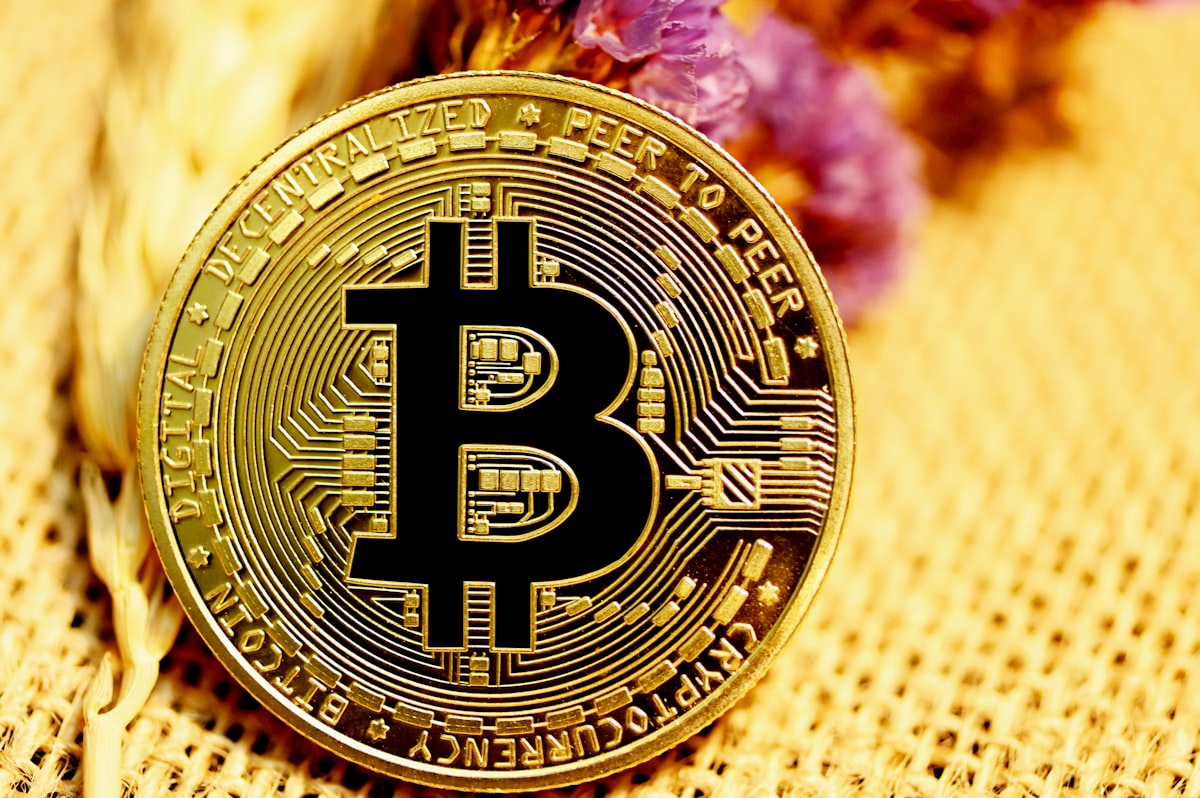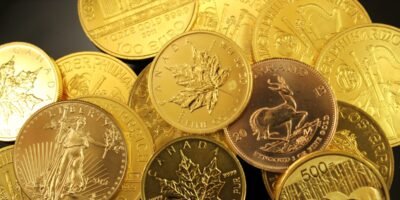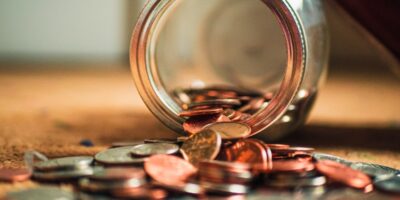Rare 1965 Quarter
In 1965, the United States Mint made a significant change. It switched from silver coins to a copper-nickel clad version. This change marked the end of the silver quarter era. The rarity of the 1965 quarter makes it a subject of intrigue for collectors and numismatics alike.
Understanding the Change

Prior to 1965, quarters contained 90% silver and 10% copper. High silver prices in the early 1960s prompted concerns about a coin shortage. The government decided to transition to a less expensive alloy. This led to the issuance of quarters composed of copper and nickel in 1965.
The Transitional Error
During the transition, some quarters were mistakenly struck on 90% silver planchets intended for the previous years. These error coins became known as the 1965 Silver Quarters. They are extremely rare and highly valuable. The mix-up occurred at the Mint and slipped past quality control, making these coins a celebrated find among collectors.
Identifying a 1965 Silver Quarter
Determining if a 1965 quarter is silver involves a simple test. Look at the edge of the coin. A silver quarter displays a uniform silver color. A copper-nickel clad quarter shows a visible copper stripe along the edge.
Weight Test
The silver quarter weighs more than its clad counterpart. A silver quarter should weigh around 6.25 grams. The clad quarter is lighter, weighing about 5.67 grams. A precise scale can help determine the difference.
Sound Test
Another method is the sound test. Drop a silver quarter on a hard surface. It produces a high-pitched ringing sound. The clad quarter sounds dull and flat in comparison.
Valuation of the 1965 Silver Quarter
Given its rarity, a 1965 silver quarter is valuable. Even in average condition, these coins can fetch a high price. An uncirculated coin in pristine condition is worth even more. Collectors seek these coins due to their historical significance and rarity.
Market Trends
The value of these coins fluctuates with the market. Silver prices, collector demand, and coin condition all influence the final price. It’s essential to stay informed about the current market trends if you’re looking to buy or sell a 1965 silver quarter.
Counterfeit Concerns
The high value of 1965 silver quarters makes them targets for counterfeiters. Fake coins often surface in the market, misleading buyers. To avoid counterfeit coins, purchase from reputable dealers. Examine coins carefully and consider professional authentication services.
Professional Authentication
Third-party services like PCGS and NGC offer authentication. These organizations provide certification, ensuring the coin’s genuineness. They also grade the coin’s condition, which helps in determining its market value.
The Clad Quarter
While the silver quarter captures attention, the standard 1965 copper-nickel clad quarter also holds historical value. It represents the beginning of modern U.S. coinage. Collectors often collect these to complete their sets.
Mint Errors
Even the clad quarters from 1965 have their anomalies. Errors like off-center strikes or double dies exist. These mint error coins can be quite valuable depending on the extent and type of error.
Historical Context
The 1965 quarter is a symbol of a critical period in U.S. monetary history. The switch to copper-nickel was a significant economic decision. It allowed for cost-effective coin production during a period of economic uncertainty.
Preservation Tips
Whether silver or clad, preserving the coin’s condition is crucial. Store coins in a cool, dry place. Use coin holders or albums to protect them from environmental damage. Avoid handling coins with bare hands. Oils from your skin can cause corrosion over time.
Cleaning Coins
Refrain from cleaning old coins. Cleaning can reduce their value, as collectors value the natural patina that builds over time. If necessary, consult a professional to clean coins safely.
Conclusion
The 1965 quarter, whether silver or clad, holds a special place in the numismatic world. Its transition from silver to copper-nickel marked a significant change in U.S. coinage. The rarity of the 1965 silver quarter makes it a prized possession for collectors.
“`




Subscribe for Updates
Get the latest articles delivered to your inbox.
We respect your privacy. Unsubscribe anytime.